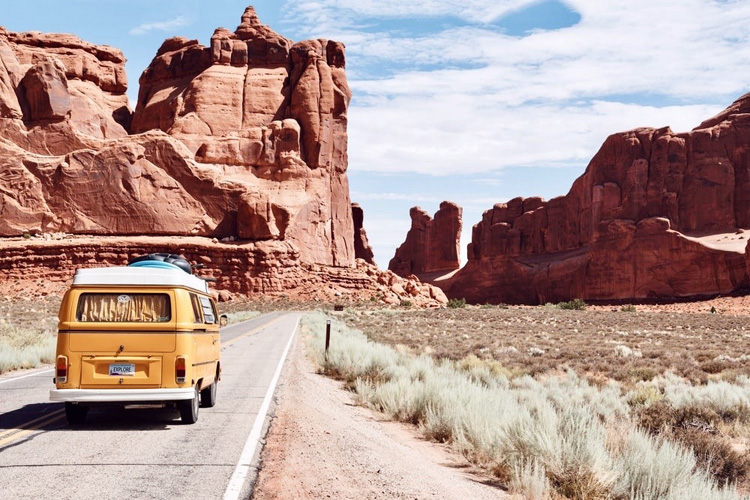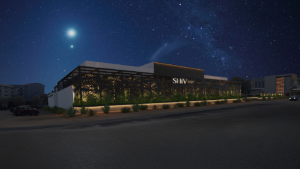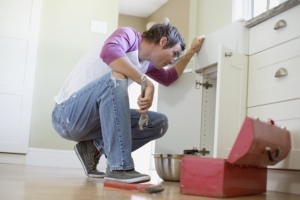After our extreme heat waves, many Valley residents are ready to celebrate the unofficial end of summer. If your Labor Day weekend plans include road trips, your Neighborhood Auto Repair Professionals (NARPRO) want you to be prepared and safe.
After months of exposure to triple digit temperatures, a thorough tire inspection and battery test can make the difference between a smooth ride and being stranded. Your NARPRO shop can ensure your vehicle is ready to go.
DEEPER DIVE: 15 must-see places for an Arizona road trip
Road Trip Checklist
Battery
• Heat stresses batteries and can evaporate water fluid. Low electrolyte level can expose the battery’s plates to oxygen and speed up corrosion and cause a battery to fail.
Tires
• According to the Rubber Manufacturers Association, 85% of drivers don’t know how to properly inflate their tires. Check pressure when the car has been idle and tires are cool and use the manufacturer’s recommended pressure, typically found on the driver side doorjamb.
• Inspect tires for cuts and sidewall bulges and inspect tread. The minimum acceptable tread depth is 3/32 inch, which is about the distance from the edge of a penny to the top of Lincoln’s head.
• Properly inflated tires can improve fuel economy up to 3 percent. Follow the levels recommended by the automaker.Consider using nitrogen rather than oxygen (air) in tires. Regular air is more likely to leak than nitrogen. Also, air will expand as temperatures rise while nitrogen is more stable when temps fluctuate
Fluids
• Make sure coolant, engine oil, brake, transmission and power steering fluids are in good condition and at proper levels.
Air Conditioning
• If it’s running a little warm, you might be low in refrigerant or have a loose drive belt. It could also be clogged valves or filters, slow leaks in components or hoses or restriction of the condenser. Your vehicle’s cooling system must be operating properly, the air conditioner will not work if the vehicle is running too hot.
Wipers, belts and hoses
• Rubber windshield wiper blades deteriorate faster in the dry heat.
• Inspect and replace any cracked or brittle belts and hoses.
Also, check turn signals, headlights, and brake lights to ensure they’re clean and working.
How to save gas
1. Slow down: According to the U.S. Department of Energy, each 5 miles per hour you drive over 50 mph is like paying an extra 20 cents per gallon.
2. Avoid sudden starts and stops: If you see a red light, ease up and coast rather than wait to brake. When the light turns green, gently accelerate. The U.S. Department of Energy estimates aggressive driving (speeding, rapid acceleration and braking) can lower your gas mileage by roughly 15 to 30% at highway speeds and 10 to 40% in stop-and-go traffic.
3. Lighten the load: Hauling cargo on your roof increases wind resistance and lowers fuel economy. You may also want to get the junk out of your trunk.
4. Avoid excessive idling: Turn off your engine when you’re parked. Idling can use a quarter to a half-gallon of fuel per hour, depending on your engine size and air conditioner use.
5. Use cruise control: this helps you maintain a steady speed on highways.




